10 Day Iceland Campervan Itinerary: Explore the Ring Road at Your Own Pace
Planning your dream Iceland road trip? Nothing compares to experiencing the island in a campervan. This 10 day Iceland campervan itinerary is designed for travelers who want to see it all—Blue Lagoon, black sand beaches, hidden waterfalls, glacier lagoons, and even the magical northern lights—all while enjoying the freedom to stop, rest, and explore at your own pace.
We’ve guided thousands of happy campers around the Iceland ring road, helping them travel comfortably and confidently. With our manual campers, unlimited mileage, and extras like sleeping bags and cooking gear, you’ll have everything you need for the journey of a lifetime.
Let’s map out the perfect route for your adventure.
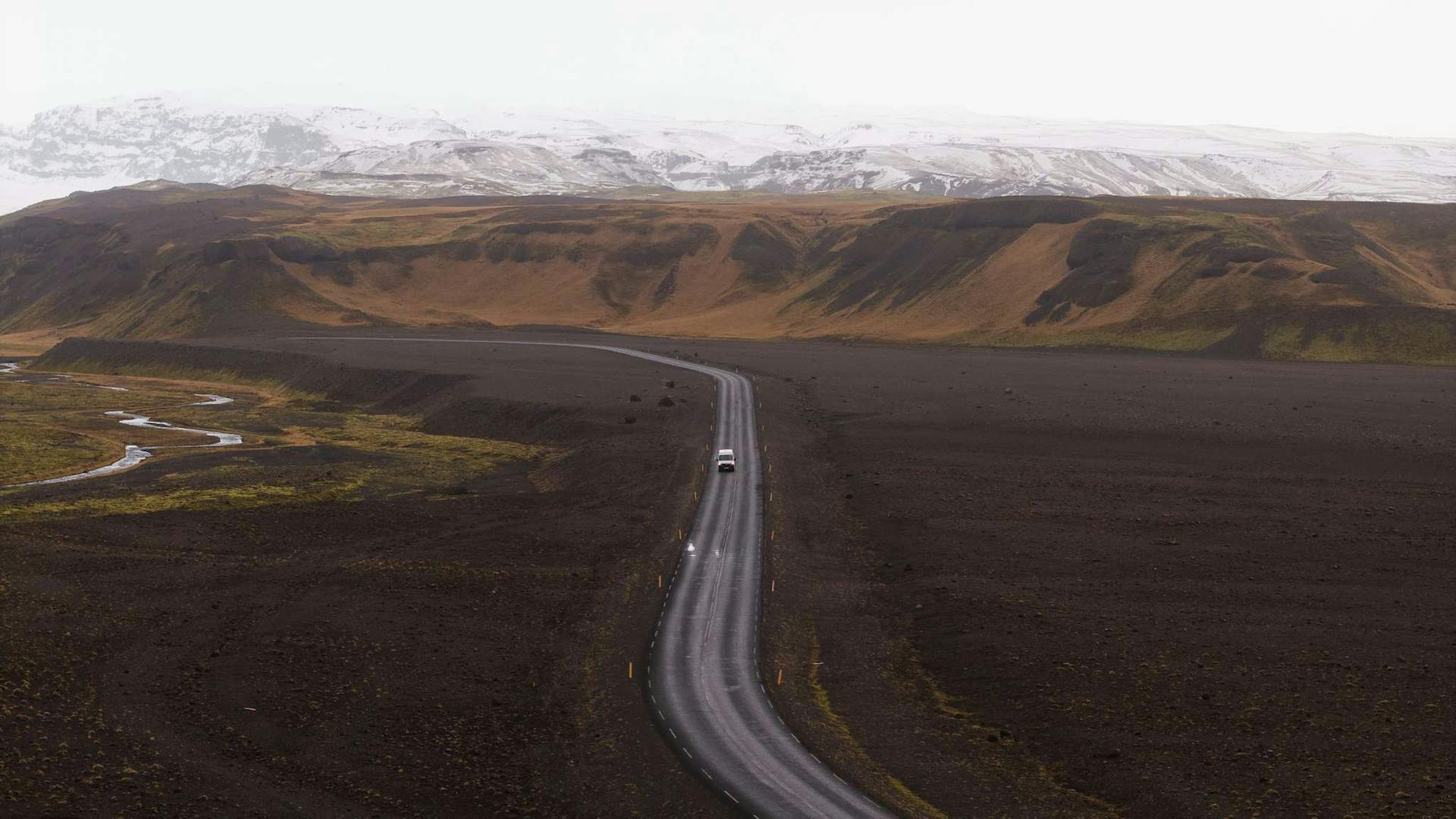
Day 1: Arrival in Reykjavik and the Blue Lagoon
Most travelers start their Iceland trip by flying into Keflavik. Pick up your camper right after landing and set the tone for your adventure with a visit to the blue lagoon.
Why the Blue Lagoon Belongs on Your Itinerary
- It’s one of Iceland’s most famous hot springs.
- The milky blue water surrounded by black lava fields feels otherworldly.
- After a long flight, soaking in mineral-rich water helps you relax before hitting the road.
Tip: Book tickets in advance, since the lagoon can get busy during peak season. Once you’ve enjoyed your soak, you can either head straight into Reykjavik or spend the first night at a nearby campsite.
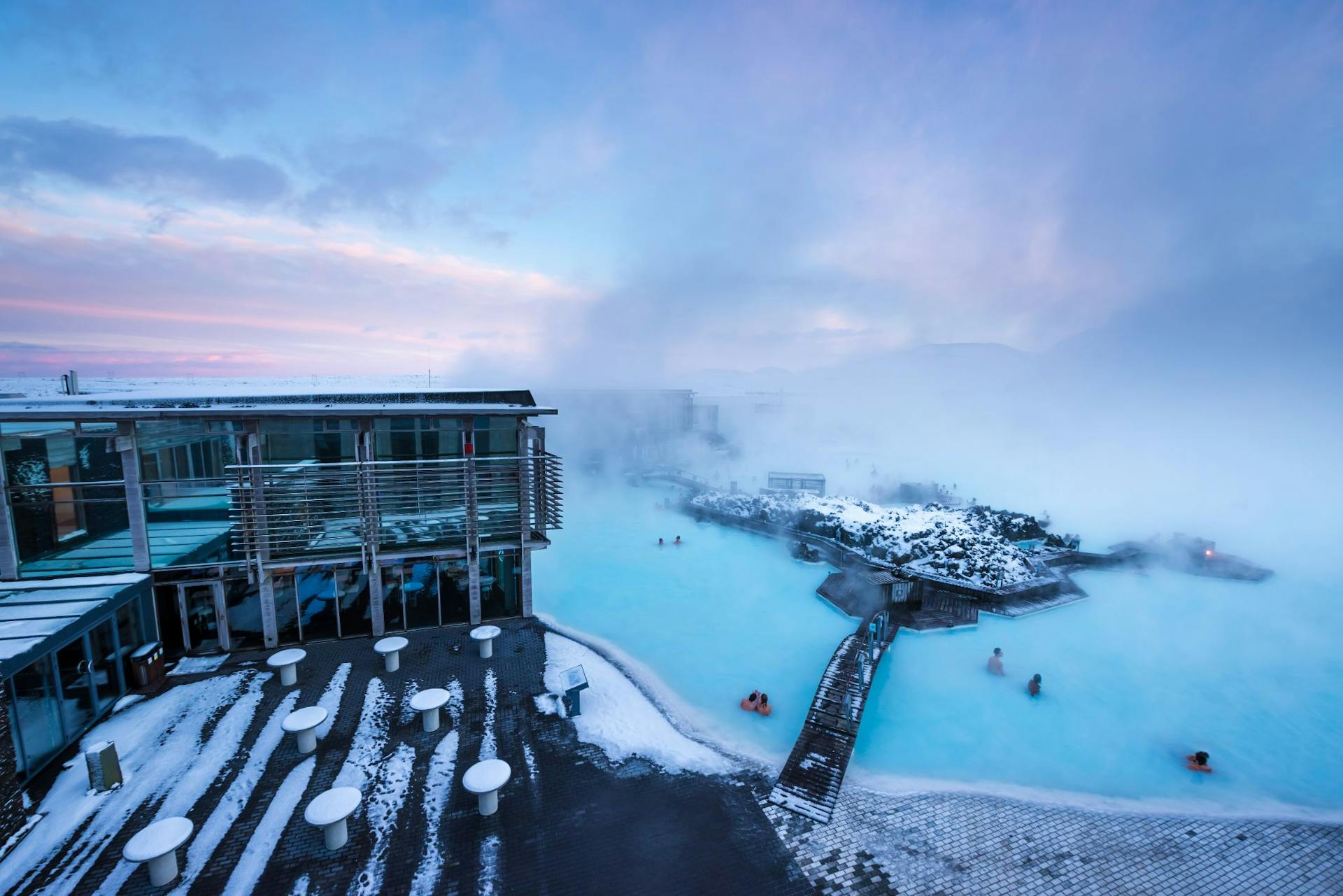
Evening in Reykjavik
- Take a stroll down Rainbow Street, one of the city’s most colorful and photogenic spots.
- Stop for dinner and get a taste of Icelandic cuisine.
- Spend the night at a conveniently located campsite, making it easy to get an early start the next morning.
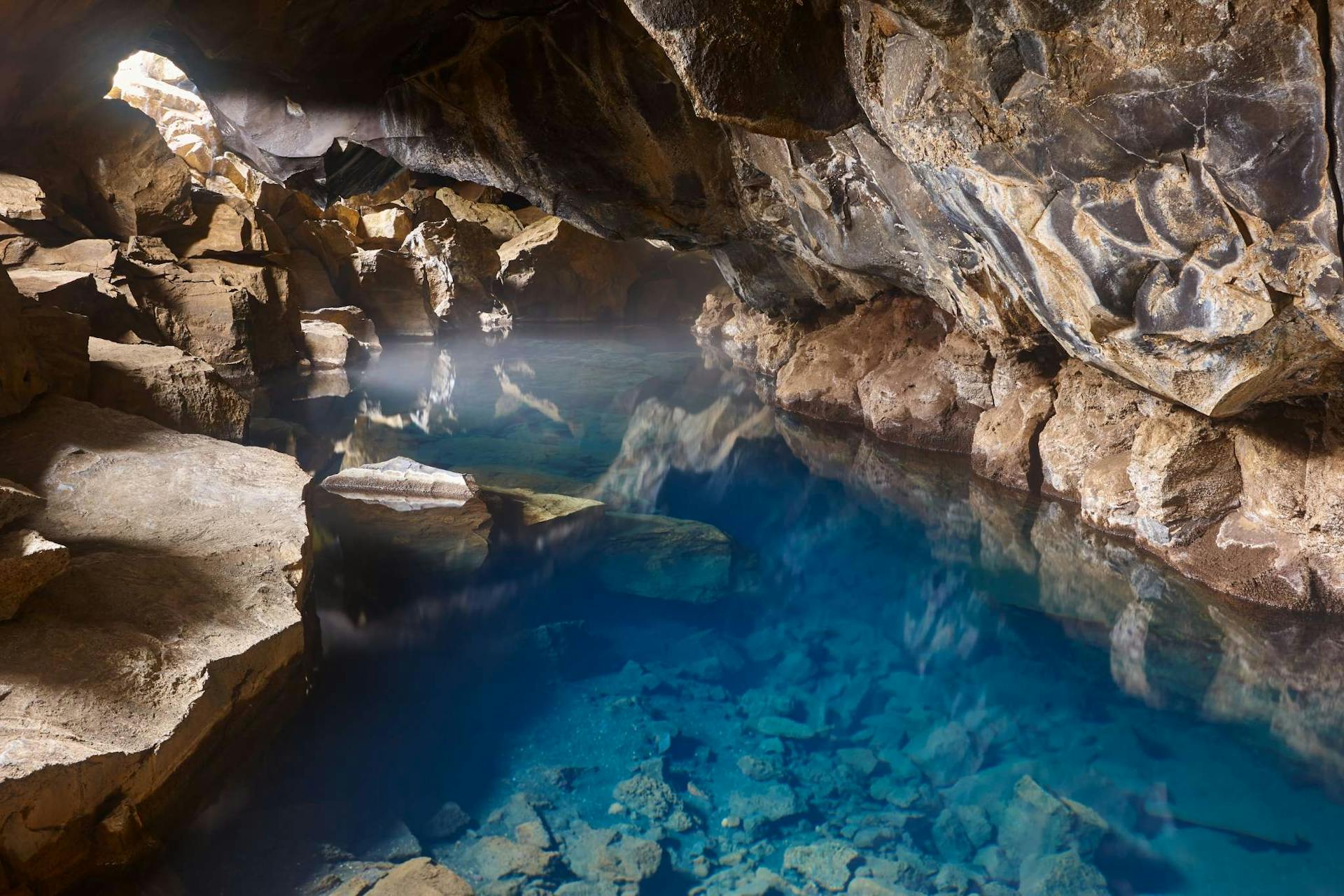
Day 2: The Golden Circle
Day two is dedicated to the golden circle, Iceland’s most popular sightseeing route. It’s a must for any ring road itinerary, and with a camper, you’ll have the freedom to enjoy it without rushing.
Stops Along the Golden Circle
- Þingvellir National Park
- A UNESCO World Heritage Site and one of the most historic places in Iceland.
- You can see where the Eurasian and North American tectonic plates drift apart.
- Plenty of established trails make it perfect for short hikes.
- Geysir Geothermal Area
- Strokkur erupts every few hours, shooting hot water up to 30 meters high.
- A great spot for photos and to experience Iceland’s geothermal power.
- Gullfoss Waterfall
- A dramatic, impressive waterfall that plunges into a canyon.
- One of the most famous waterfalls in Iceland, and you’ll understand why when you see it.
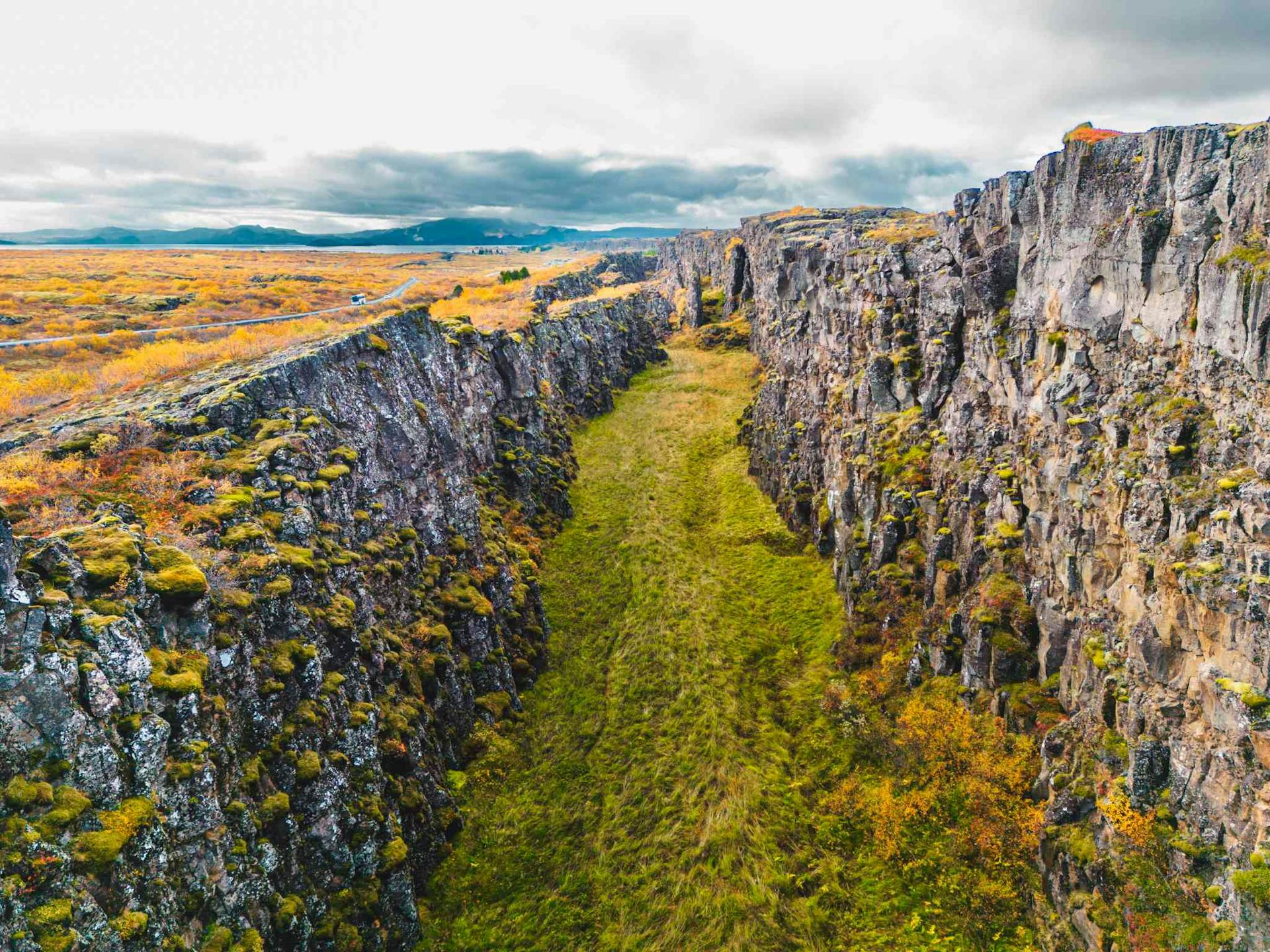
Evening Plans
End the day at a nearby campsite with a hot shower, cook dinner in your camper, and get ready for your journey along the south coast tomorrow.
Day 3: South Coast and Black Sand Beaches
On day three, you’ll follow the south coast, one of the most photographed stretches of Iceland.
Key Highlights
- Seljalandsfoss: A hidden waterfall you can walk behind for an incredible view.
- Skógafoss: Featured in Justin Bieber’s music video, this towering fall is one of Iceland’s most iconic sights.
- Reynisfjara Black Sand Beach: Known for basalt columns, sea stacks, and dangerous sneaker waves—enjoy the view but keep a safe distance.
- Víkurfjara Black Sand Beach: Another spectacular stretch of volcanic sand, less crowded than Reynisfjara.
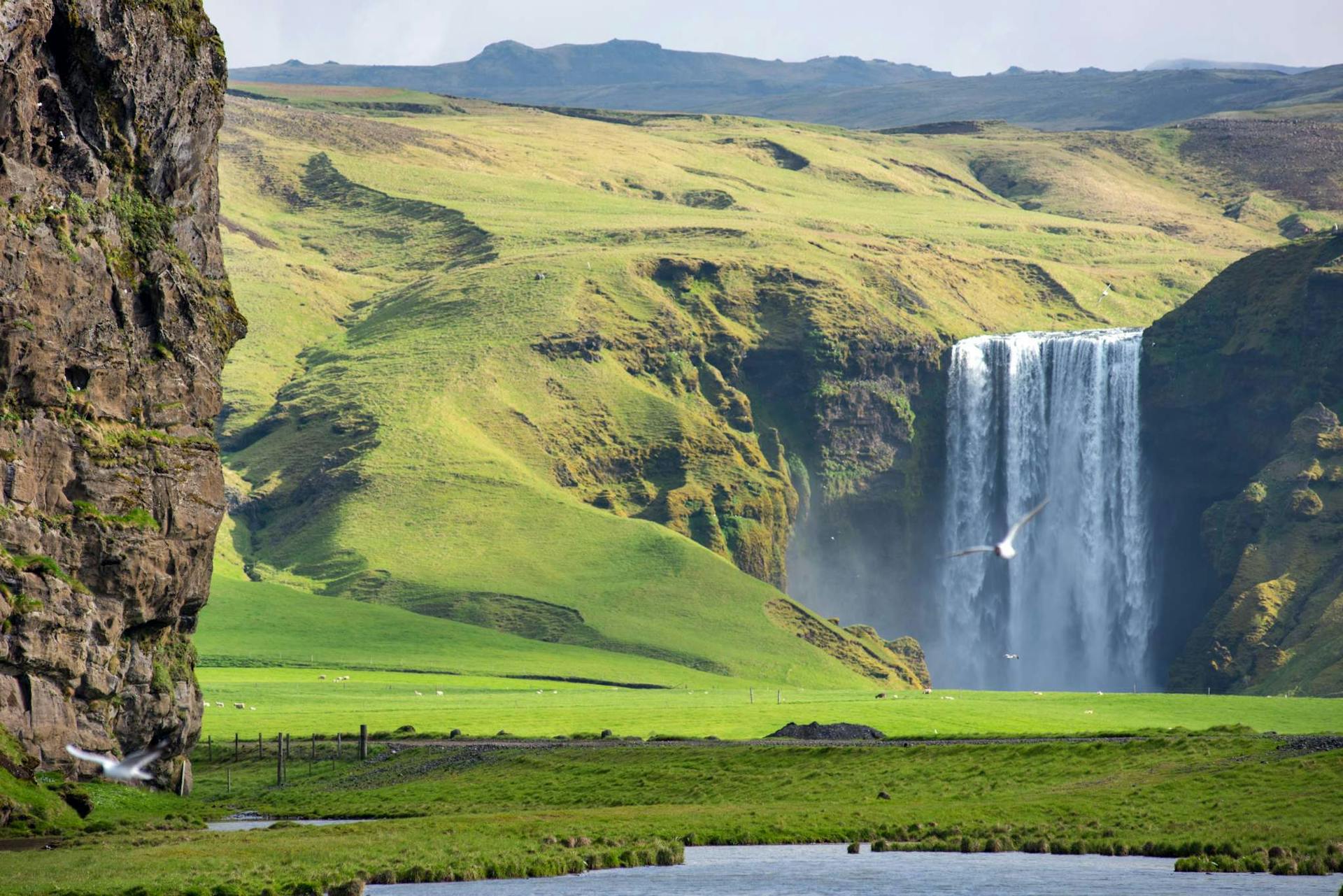
Evening Stop
Spend the night in Vík, a small town that makes a perfect base for campers. Here you’ll find fuel, food supplies, and a campsite that’s conveniently located near the main road.
If skies are clear, keep an eye out for the northern lights—autumn and winter are especially good seasons for aurora spotting along this coast.
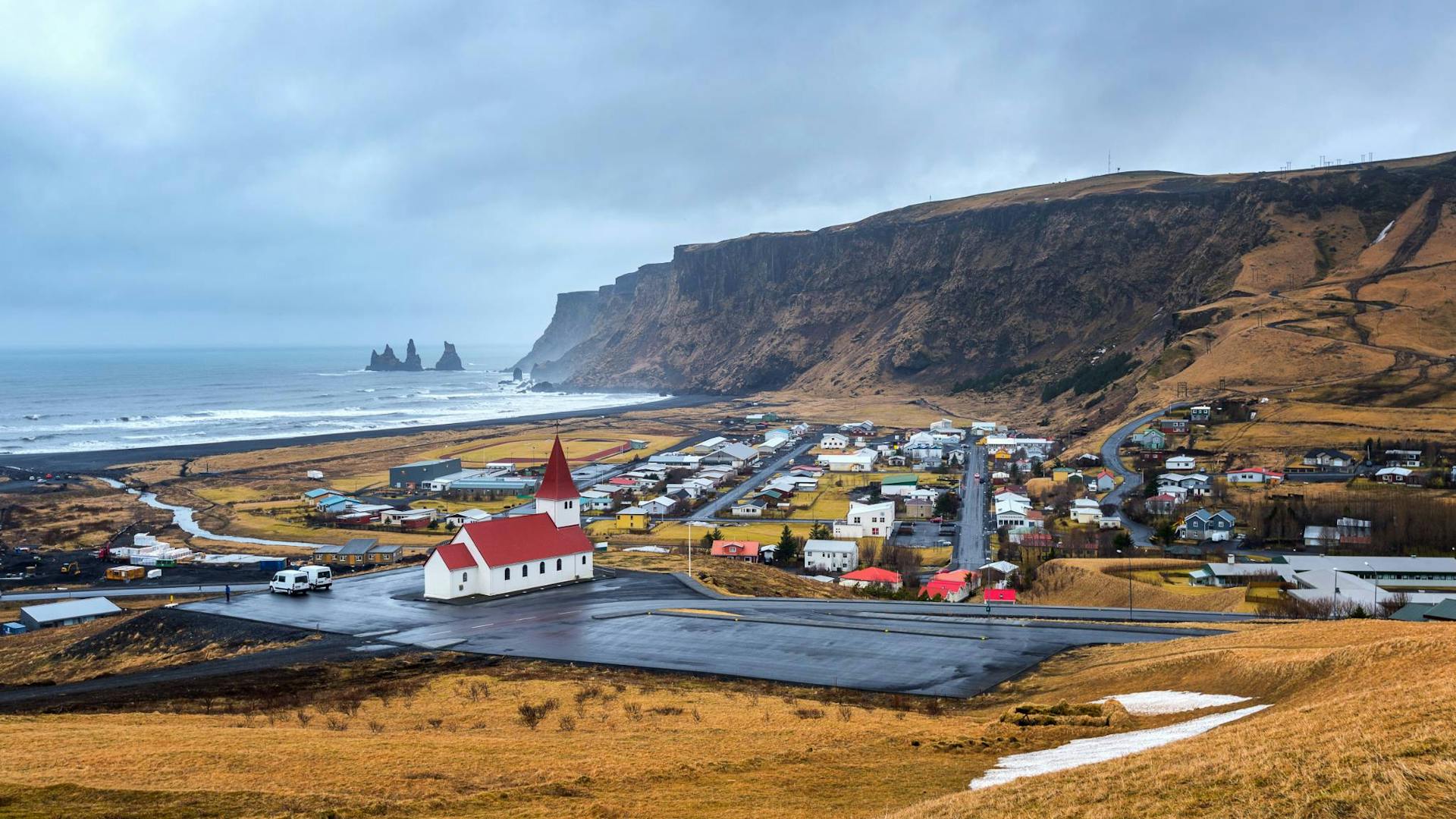
Day 4: Skaftafell National Park and Glacier Adventures
After waking up in Vík, you’ll head further east along the ring road, and this day is all about glaciers and outdoor adventure.
Skaftafell National Park
- Part of the vast Vatnajökull area, this national park is a paradise for hikers.
- You’ll find established trails leading to hidden waterfalls and glacier viewpoints.
- If you’re feeling adventurous, this is where many people try their first glacier hike. Walking across ancient ice, surrounded by snowy peaks, is a highlight of any Iceland road trip.
Tip: The car park at Skaftafell is spacious and conveniently located near the visitor center and campsite, making it easy to spend the day here and stay overnight.

Bjarnarfoss Waterfall
On the way, don’t miss Bjarnarfoss waterfall, an impressive waterfall tucked into the cliffs. A short walk takes you close enough to feel the mist. It’s one of those lesser-known gems worth adding to your Iceland bucket list.
Spend the night at the Skaftafell campsite, where a hot shower feels amazing after a long day of all the hiking.
Day 5: Jökulsárlón Glacier Lagoon and Diamond Beach
Day five is dedicated to one of Iceland’s most famous natural wonders: the glacier lagoon.
Jökulsárlón Glacier Lagoon
- Known both as Jökulsárlón Glacier Lagoon and Jokulsarlon Glacier Lagoon, this surreal place is filled with floating ice chunks and shimmering ice formations.
- You can take boat tours to see the icebergs up close, drifting quietly past seals lounging on the ice.
- The lagoon is breathtaking year-round, with colors that shift from deep blue to turquoise depending on the light.
Diamond Beach
Right across the road lies Diamond Beach, where smaller ice chunks wash ashore, glistening like jewels against the black sand. It’s a place where you’ll want to linger, watching the play of ice, sand, and waves.
Tip: There are several car parks along the lagoon and beach, making it easy to find a spot even during peak season.
Viking Village and Abandoned Viking Village
Further along, near Höfn, you’ll find a quirky film set known as the Viking Village. Built for a movie that was never finished, this abandoned Viking Village feels like stepping into history. It’s a fun detour and makes for unique photos.
Stay overnight near Höfn, a small town famous for lobster dishes and dramatic mountain views.
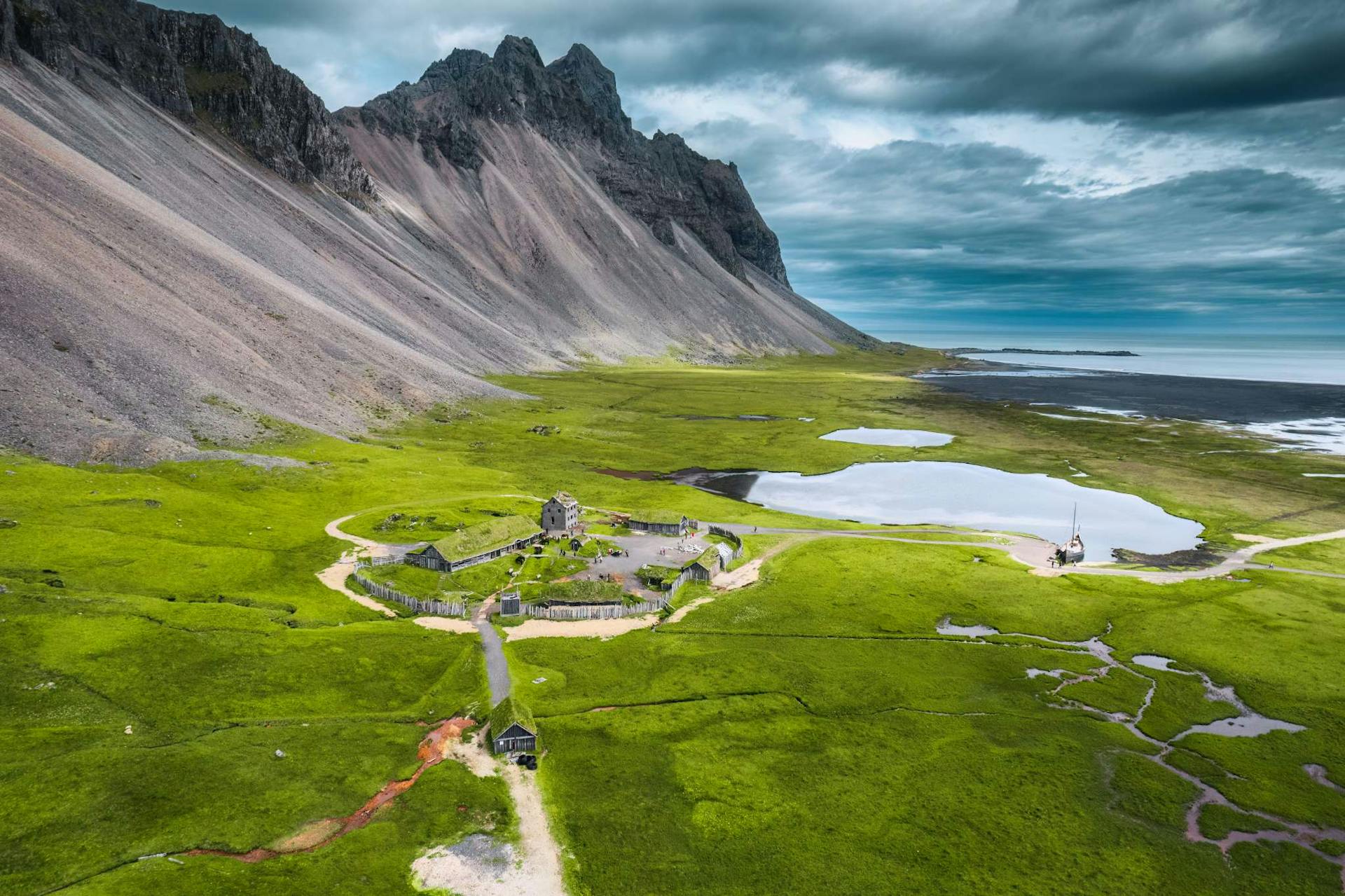
Day 6: East Iceland’s Fjords and Hidden Corners
By day six, you’ll be driving into East Iceland, one of the quietest regions of the entire country. The drive itself is spectacular, winding along fjords and through mountain tunnels.
Scenic Fjords
- Take your time exploring the winding coastline.
- You’ll pass fishing villages where beautiful Icelandic horses graze in fields and fishermen mend their nets by the harbor.
- Campsites here are usually less crowded, giving you a real sense of peace.
Hidden Waterfalls and Short Walks
East Iceland is full of surprises, from hidden waterfalls tucked into mossy hillsides to easy trails where a short walk reveals dramatic canyon views. It’s perfect if you want a break from longer drives.
Viking Café
Make sure to stop at the Viking Café, a favorite among happy campers. Whether you want coffee, a snack, or just a warm place to sit, it’s a cozy break on your way through the region.
Evening in a Small Town
Spending the night in a small town in East Iceland is a great way to meet locals and experience Icelandic hospitality. You’ll find campsites with the basics—kitchens, bathrooms, and of course, a much-needed hot shower.
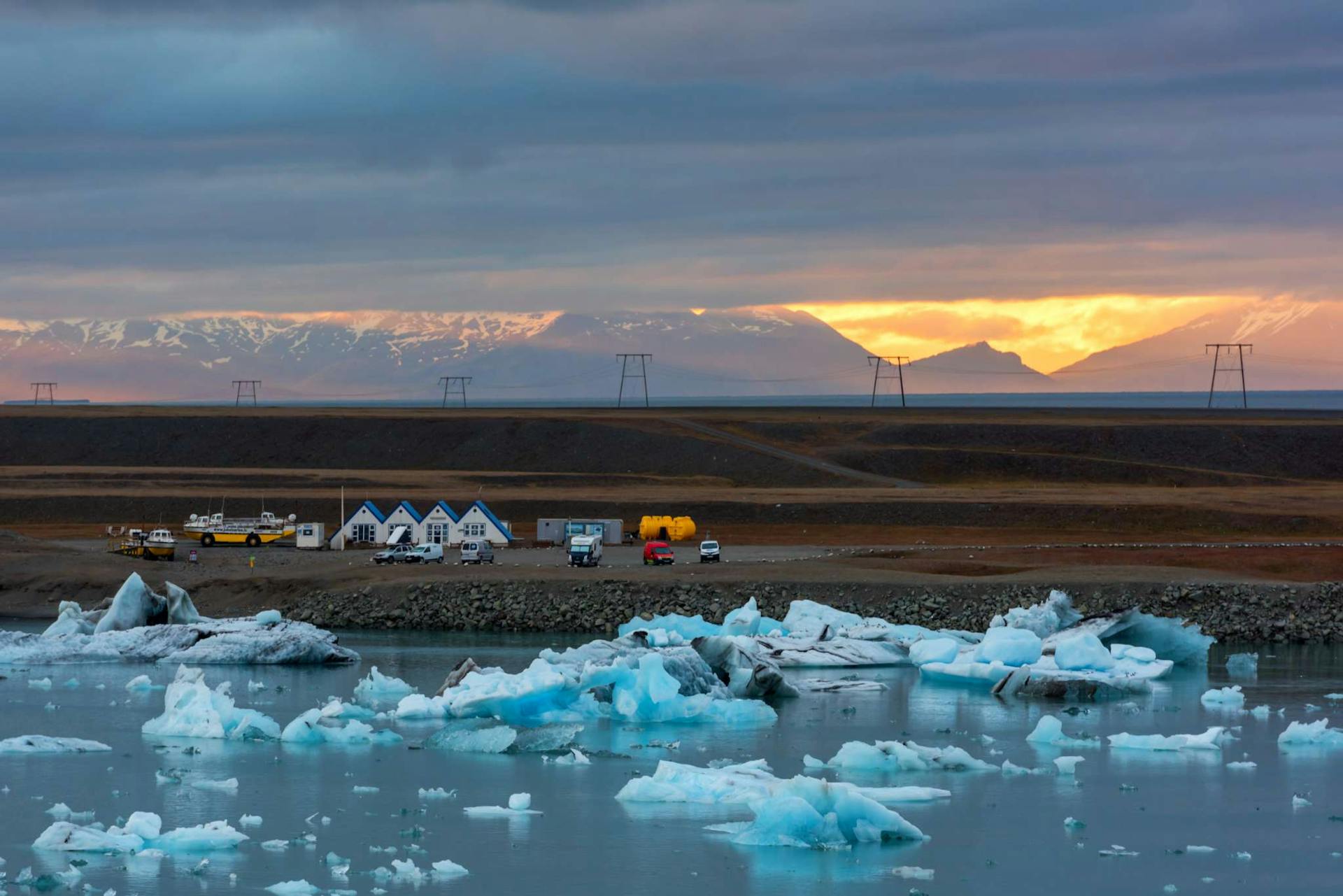
Day 7: North Iceland and Lake Mývatn
After leaving East Iceland, you’ll make your way toward North Iceland and Lake Mývatn, one of the country’s most fascinating regions.
Lake Mývatn
- A volcanic area filled with craters, lava fields, and steaming vents.
- Take time to explore the geothermal activity around the lake—mud pools, caves, and bubbling springs.
- The Mývatn Nature Baths are a smaller, quieter alternative to the blue lagoon, with water just as relaxing.
There are campsites around the lake, with views that make waking up in your camper unforgettable.
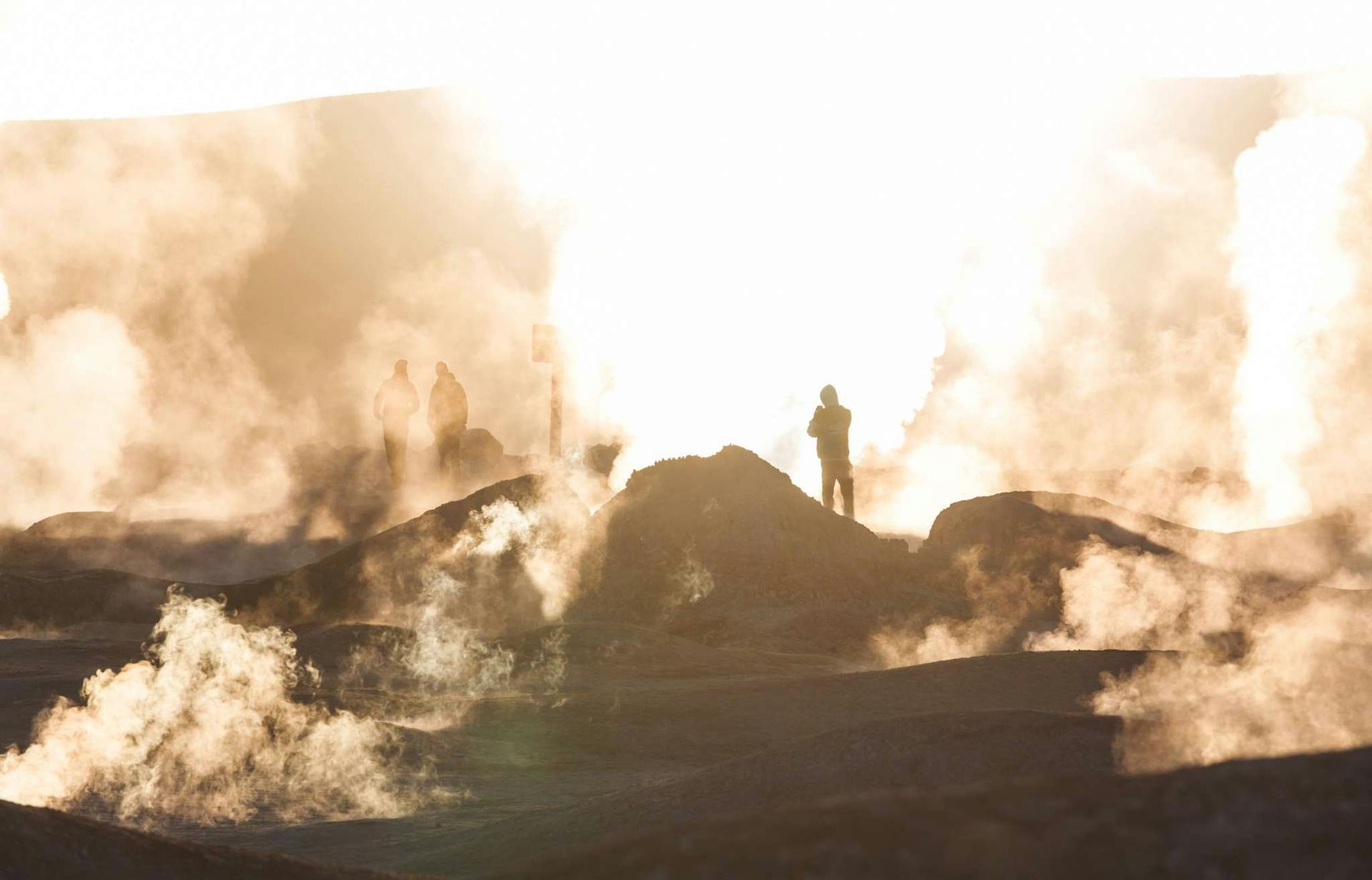
Day 8: Goðafoss and Whale Watching in Skjálfandi Bay
This day brings together waterfalls and wildlife.
Goðafoss Waterfall
Known as the “Waterfall of the Gods,” Goðafoss waterfall is one of Iceland’s most famous waterfalls. The wide, curved cascade makes for breathtaking photos, especially on sunny days when rainbows appear in the mist.
Whale Watching in Húsavík
Drive to Húsavík, Iceland’s whale-watching capital. Here you can take boat tours in Skjálfandi Bay, one of the best places in the world to see humpback and minke whales. Sometimes you’ll even spot puffins during summer.
Spend the night at a small town campsite nearby. If the skies are clear, watch for the northern lights before turning in.
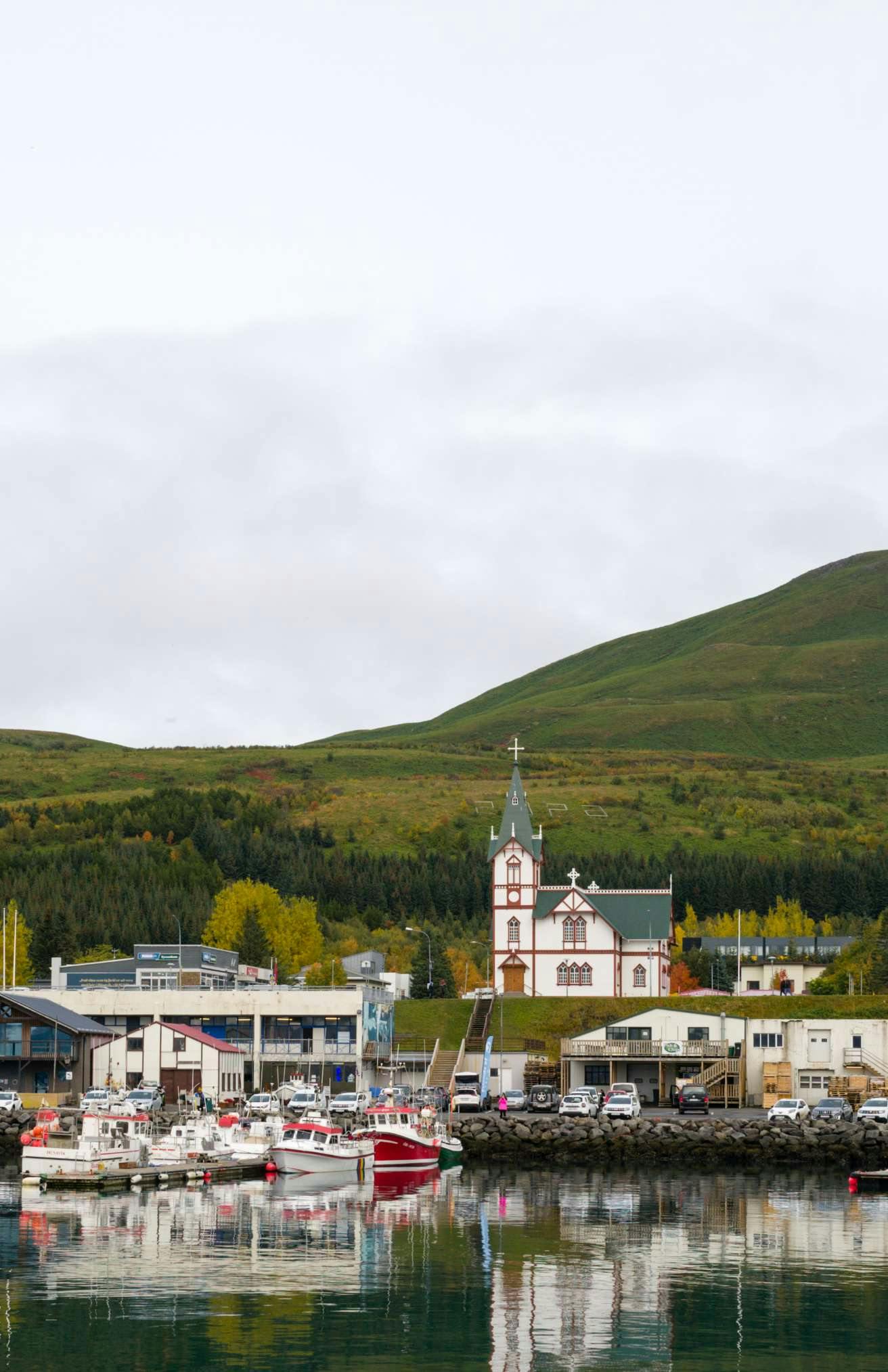
Day 9: Geosea Geothermal Sea Baths and Arctic Circle Adventures
As you continue exploring northern Iceland, make time for relaxation and new experiences.
Geosea Geothermal Sea Baths
The Geosea Geothermal Sea Baths are located in Húsavík, perched on a cliff overlooking the Arctic Ocean. Soaking in steaming saltwater while gazing at the horizon feels surreal.
It’s similar to the Sky Lagoon near Reykjavik but with fewer crowds and even better views.
Arctic Circle Option
If you have extra time, you can drive toward the far north to get close to the Arctic Circle. Even if you don’t cross, you’ll be rewarded with empty roads, remote corners, and peaceful landscapes.
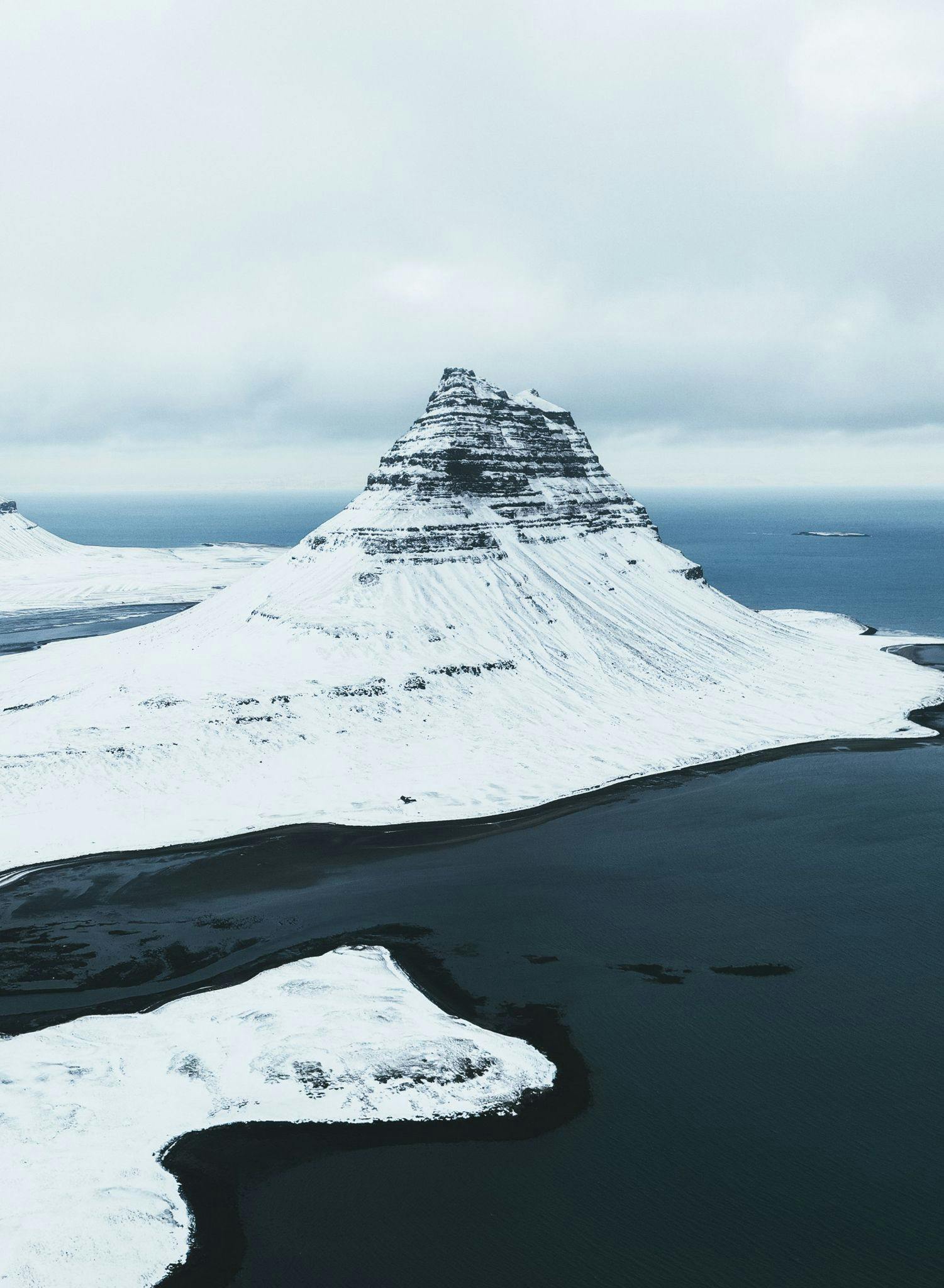
Day 10: Return to Reykjavik via the Ring Road
Your journey back toward Reykjavik completes the entire ring road loop. Along the way, you can make extra stops or revisit places you loved earlier in your trip.
Sky Lagoon
Before ending your Iceland ring road trip, treat yourself to a final soak at the Sky Lagoon, located just outside Reykjavik. The infinity pool overlooks the ocean and is the perfect way to reflect on your adventure.
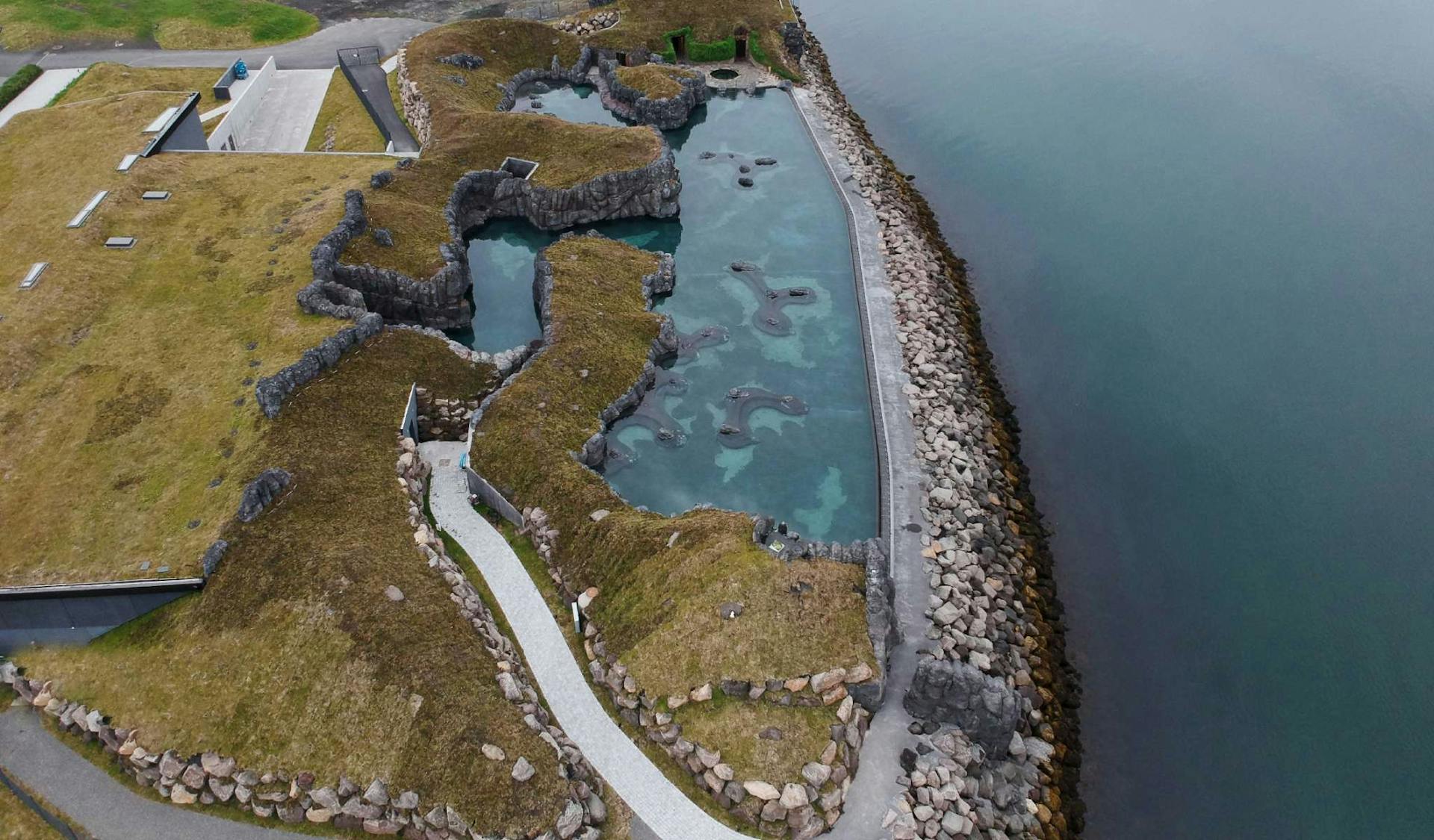
Final Evening in Reykjavik
- Stroll Rainbow Street one more time.
- Stop for a photo at Hallgrímskirkja church.
- Park your camper at a conveniently located campsite and prepare for your flight.
FAQs About a 10 Day Iceland Camper van Itinerary
Can You Sleep Anywhere in a Campervan?
No, wild camping is not allowed in Iceland. You can’t just pull over on the side of the road or stay overnight at a viewpoint, even if it looks tempting. Instead, you must stay at official campsites. Luckily, campsites are everywhere—whether you’re exploring the south coast, the fjords of east Iceland, or even smaller villages. These sites often include bathrooms, cooking areas, and sometimes a hot shower, which makes the experience more comfortable. With your camper, you’ll have the freedom to stop at whichever campsite suits your pace, without needing to pre-book hotels.
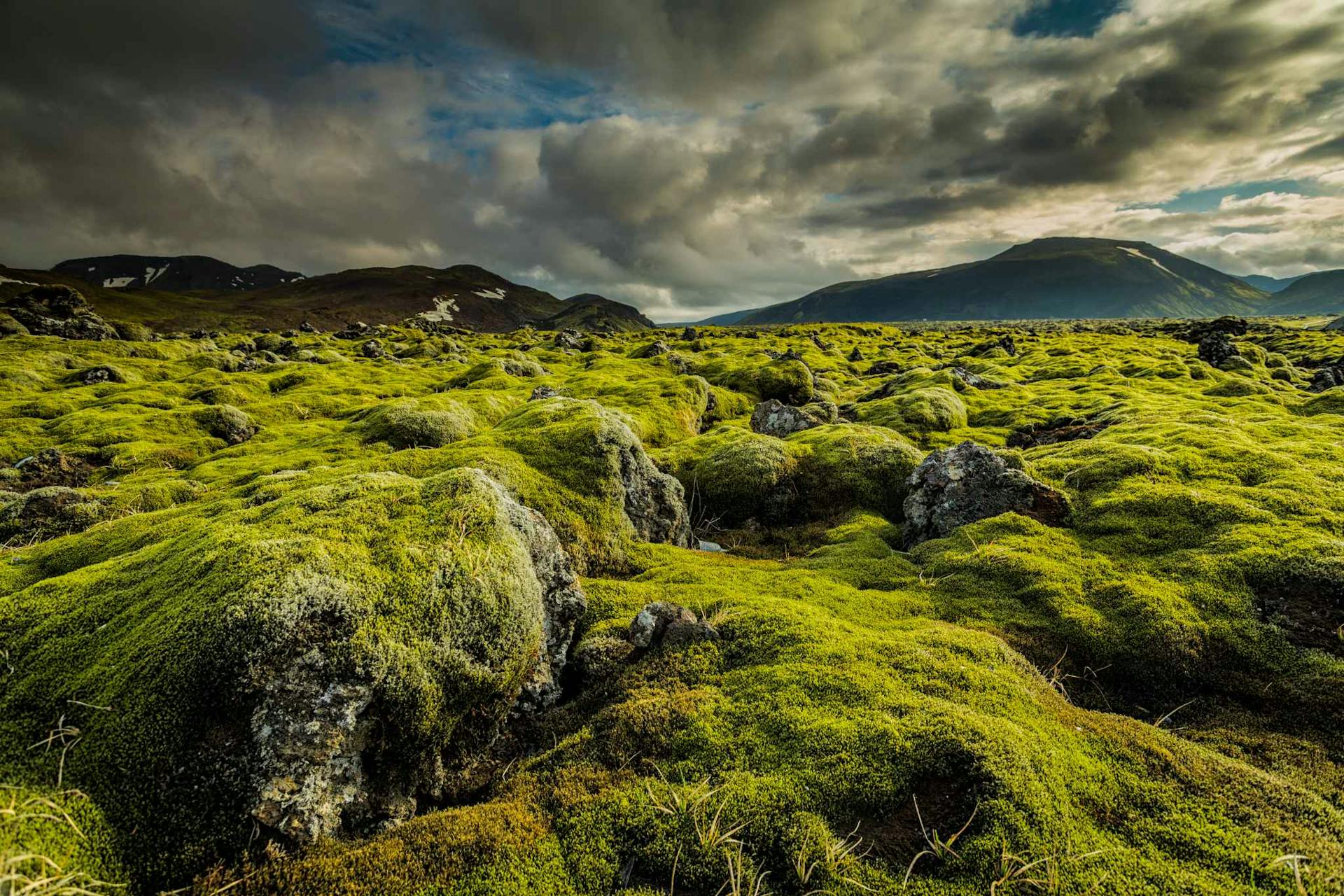
Is It Easy to Drive a Campervan in Iceland?
Yes, driving a camper is straightforward, but you do need to be cautious. Iceland has a mix of paved roads and gravel roads, plus the occasional mountain pass. Our vehicles are manual and not 4x4, so we recommend avoiding F roads and highland roads, which are rough and require special vehicles. Stick to the main ring road and other accessible routes, and you’ll be fine. Always respect the speed limit (90 km/h on paved roads, 80 km/h on gravel, 50 km/h in towns) and keep an eye on weather conditions, which can change quickly. With a little preparation, you’ll find it’s a very rewarding way to see the country.
How Many Days Do You Need?
While you could technically do the Iceland ring road in less than a week, you’d be rushing past some of the best sights. That’s why a 10-day Iceland camper van itinerary is ideal. It gives you enough time to circle the entire country, explore the Golden Circle, visit places like Diamond Beach and Skaftafell National Park, and still have space in your schedule for a day trip or two. Ten days strikes the perfect balance between covering the big highlights and slowing down to enjoy Iceland at your own pace.
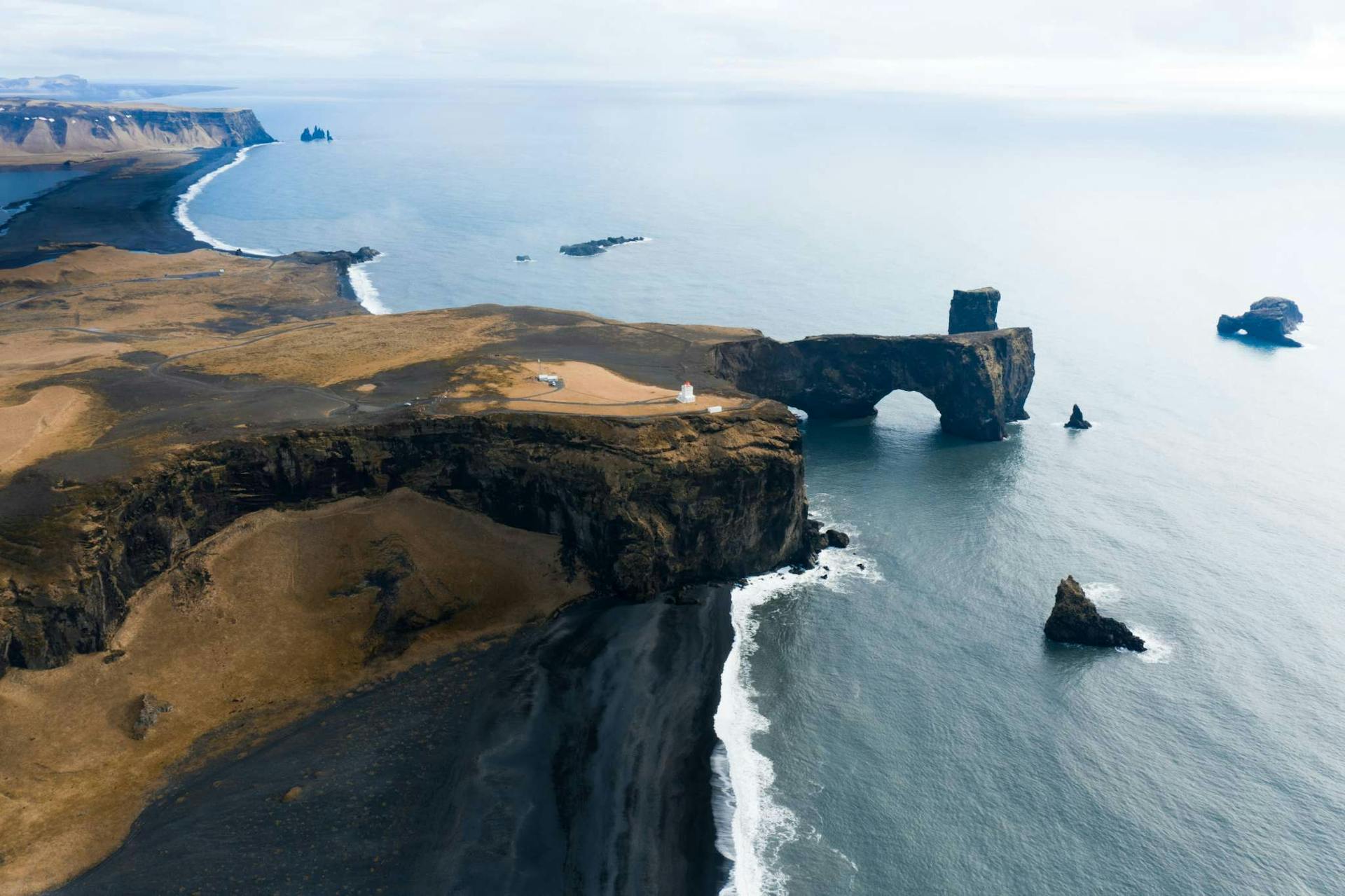
Are There Hot Springs Besides the Blue Lagoon?
Definitely. While the Blue Lagoon is the most famous geothermal spa, Iceland is full of hot springs and pools where you can soak. In the north, the Mývatn Nature Baths offer a quieter experience with views of volcanic landscapes. In Húsavík, the Geosea Geothermal Sea Baths let you relax in warm saltwater while gazing out over the Arctic Ocean. There are also many smaller, natural pools scattered across the countryside—perfect for a spontaneous stop when you’re exploring by camper. Finding one of these hidden gems is often one of the most memorable parts of the trip.
What About Seeing the Northern Lights?
The northern lights are a highlight for many travelers, and renting a camper makes them even easier to chase. The best time to see the aurora is from September to April, when the nights are long and dark. Use weather and aurora forecast apps—or even offline Google Maps—to track clear skies. Once you find a promising spot, park your camper in a safe, dark area away from city lights, bundle up in a sleeping bag, and wait for the show. Some nights you may catch faint green arcs; other nights the sky explodes in vibrant colors that dance all night long. It’s one of the most magical rewards of traveling Iceland by camper.
Extra Travel Tips for Happy Campers
Sleeping Bags for Cold Nights
Even with the camper’s heating system, Iceland’s weather can turn chilly quickly. A clear evening can become a cold night, especially in higher areas or during the off-season. Having a proper sleeping bag adds a second layer of comfort and warmth. Many travelers choose to rent them from us so they don’t have to bring bulky gear on their flight. You’ll appreciate the extra coziness when the wind rattles outside, or if you want to crack the windows for fresh air while still staying snug.

Horseback Riding with Icelandic Horses
Meeting the beautiful Icelandic horses is a must. These sturdy animals have been part of Icelandic culture for centuries and are known for their unique tölt gait, which makes them a joy to ride. Across the country, farms and ranches offer horseback riding experiences, often along golden sand beaches or through mossy lava fields. It’s not just about the ride—it’s about connecting with Iceland’s history, landscapes, and traditions. Adding this to your Iceland bucket list makes your road trip even more memorable.
Power Banks and Charging Essentials
When you’re traveling in remote corners, access to electricity can be limited. While campers include a cigarette lighter and USB chargers, having a power bank is essential if you rely on your phone for maps, taking photos, or checking forecasts for the northern lights. Larger power banks can keep multiple devices charged for days, so you don’t have to stress about finding an outlet at every campsite. It’s a small investment that makes a huge difference when you’re on the road.
Car Parks at Major Attractions
Popular attractions like Diamond Beach, Reynisfjara black sand beach, and famous waterfalls such as Seljalandsfoss all have several car parks nearby. Most are well maintained, clearly signed, and suitable for campers. Some require a small parking fee, usually payable by card. The best strategy is to arrive early in the morning or later in the evening—your camper makes this easy, and you’ll enjoy fewer crowds. Just remember, car parks are not for overnight stays. You’ll need to head to a proper campsite at night.
Safety First: Respecting Nature
Iceland is safe overall, but its natural forces are strong. On beaches like Reynisfjara Beach, the waves look calm until sudden sneaker waves rush in—powerful enough to sweep people away. Always follow warning signs and keep your distance. At waterfalls, stick to marked trails and don’t climb slippery rocks. Nature here is breathtaking, but respecting it is part of what makes your Iceland road trip safe and unforgettable.
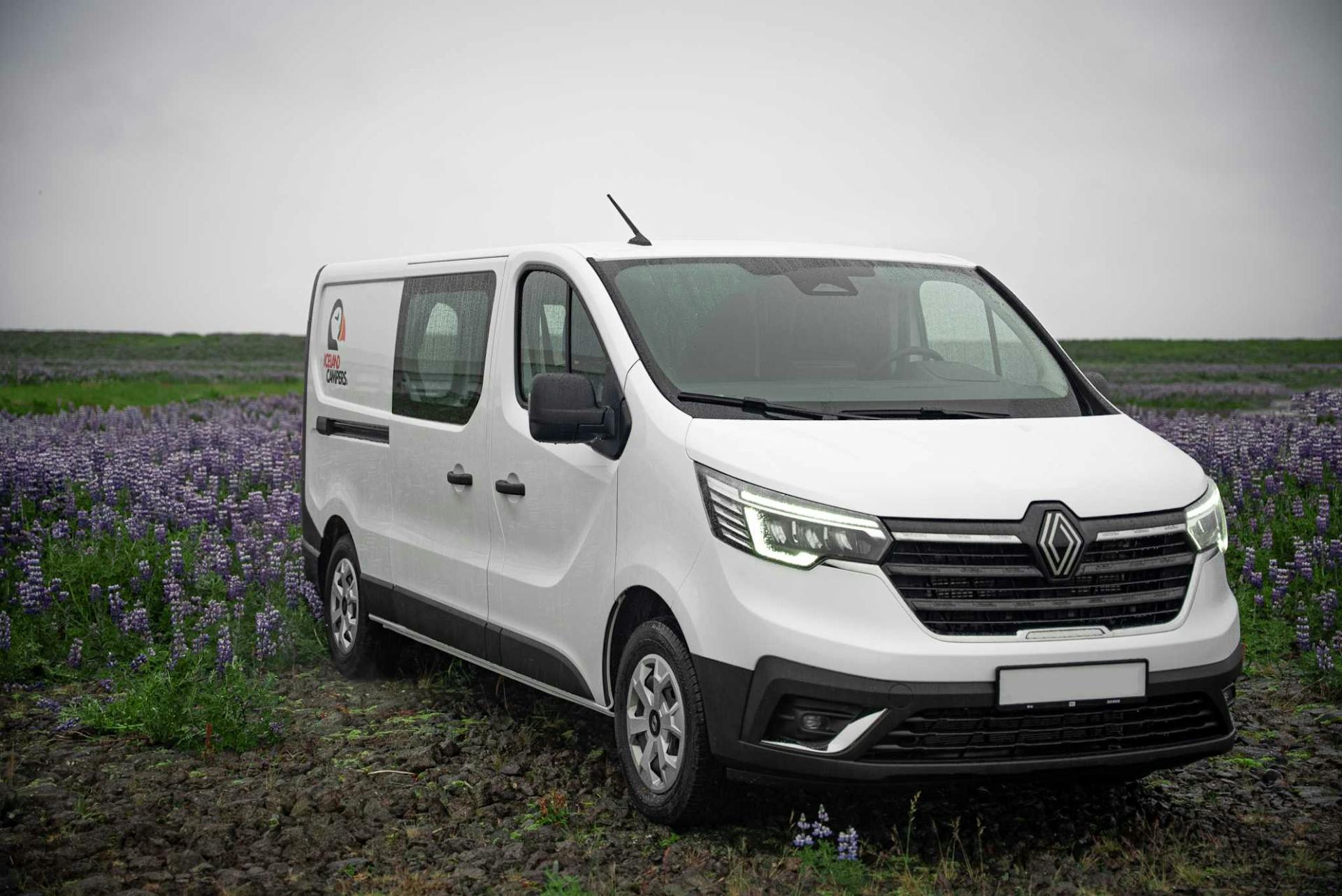
Offline Navigation with Google Maps
While mobile coverage is decent along the ring road, it can fade in the remote corners and mountain valleys. Before your journey, download offline maps on Google Maps so you’ll always have access to directions, campsites, and attractions. Marking your planned stops in advance makes it easier to stay on track, even if you lose signal. This also helps you discover hidden gems like hidden waterfalls, viewpoints, or local cafés that might not be listed in every guidebook.
Quick-Reference Checklist for Happy Campers
- Sleeping bag – Stay warm during chilly nights.
- Horseback riding – Book a ride with Icelandic horses on a beach or lava field.
- Power bank + cigarette lighter – Keep devices charged, even in remote areas.
- Car parks – Available at major sights, but always use campsites for overnight stays.
- Safety – Watch for sneaker waves, follow marked trails, and respect nature.
- Google Maps offline – Download maps before your trip for stress-free navigation.
Your Iceland Ring Road Adventure
This ring road itinerary packs in the best of Iceland in just 10 days: from the Golden Circle and black sand beaches to the glacier lagoon, northern lights, and everything in between.
With us, your camper comes ready for the road:
- Manual transmission for better control.
- Unlimited mileage so you can drive as much as you want.
- Extras like sleeping bags, cooking gear, and more storage space.
Check our camper options and book your road trip here
Your Iceland road trip is waiting. Pack your bags, grab your map, and get ready for the adventure of a lifetime.